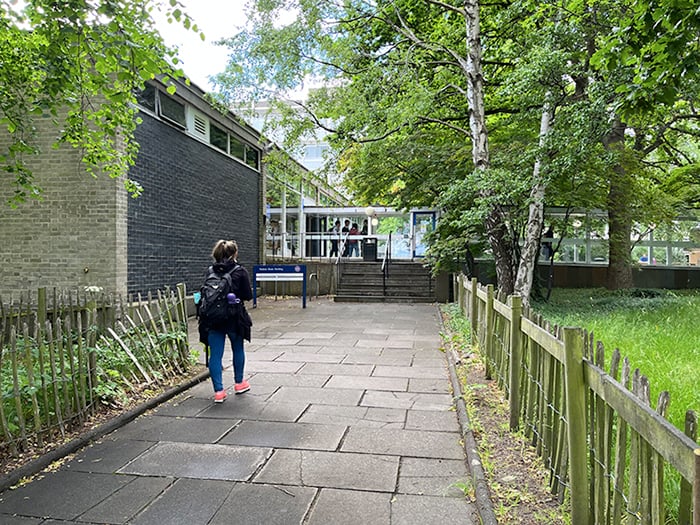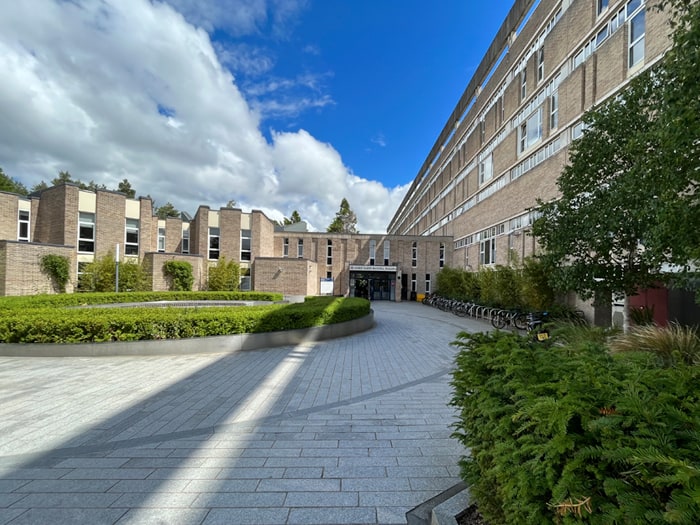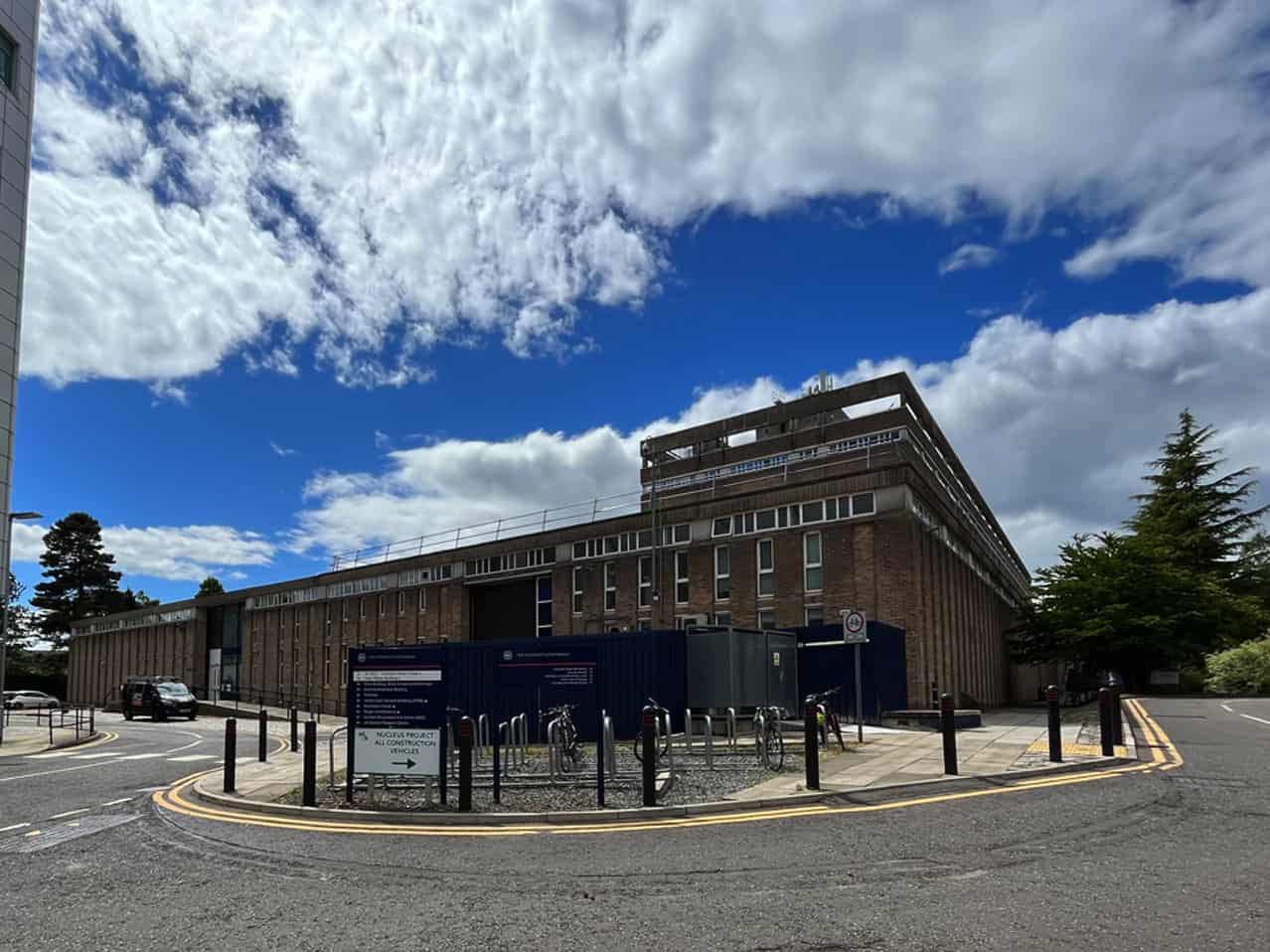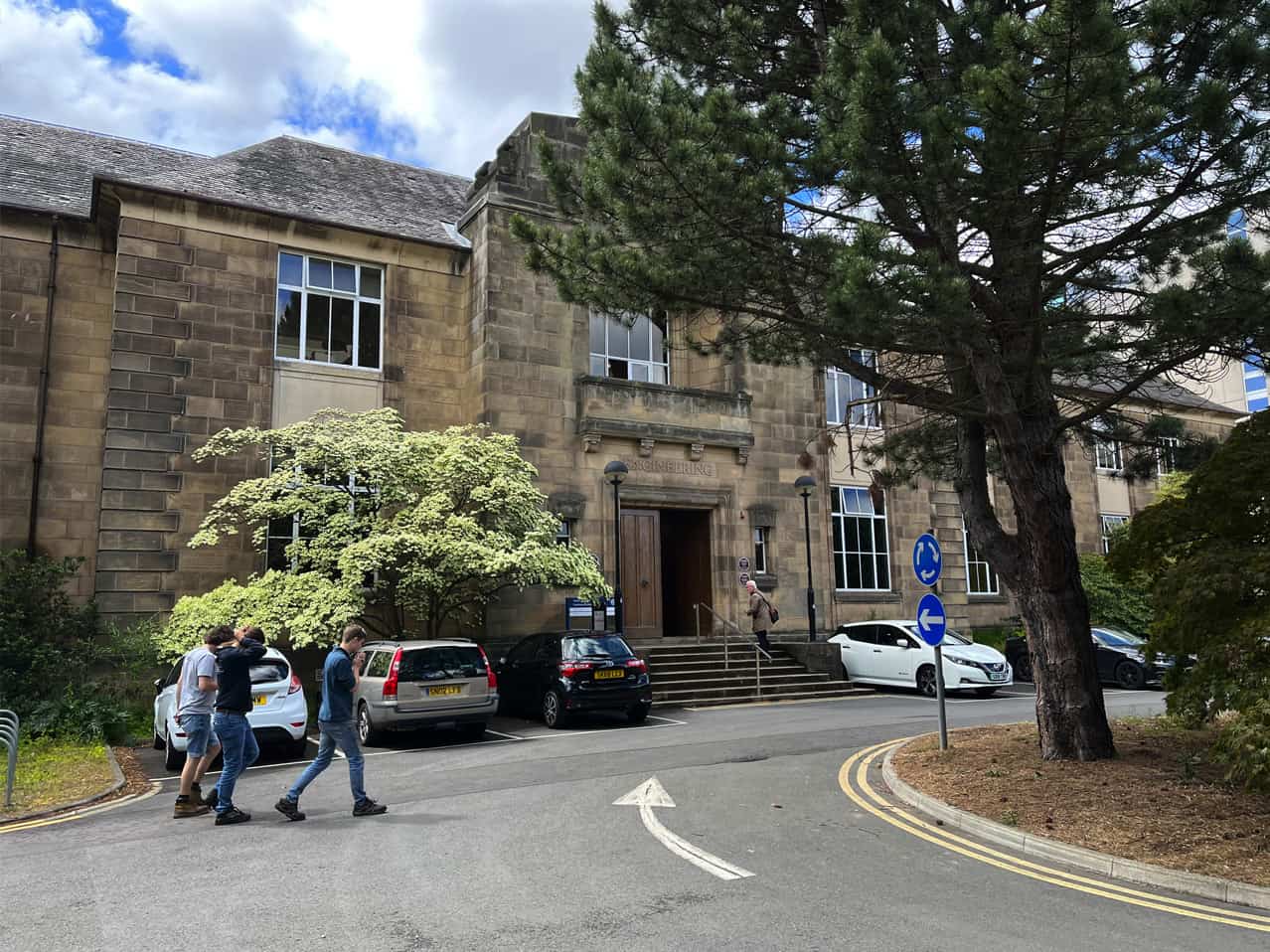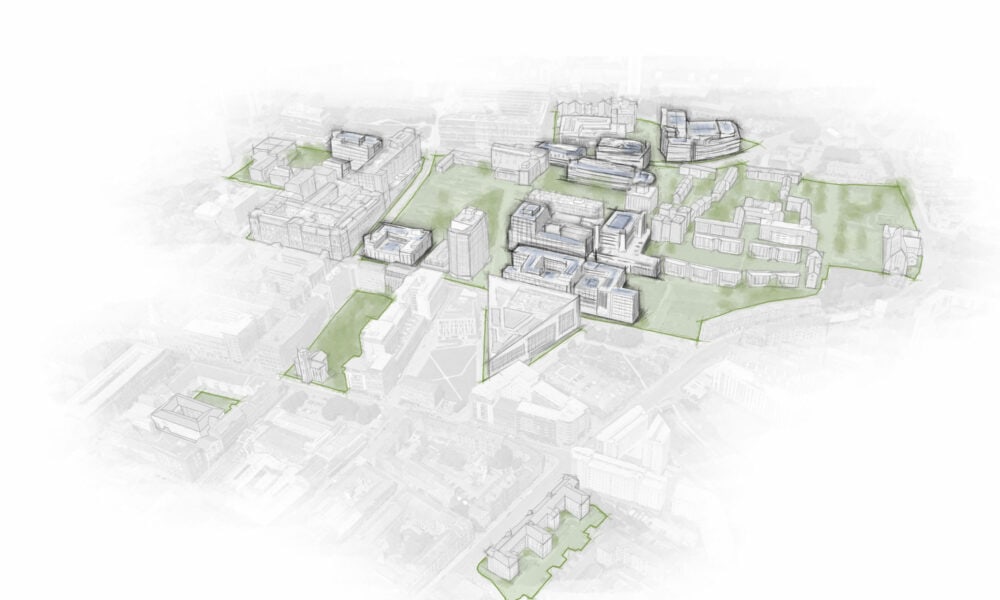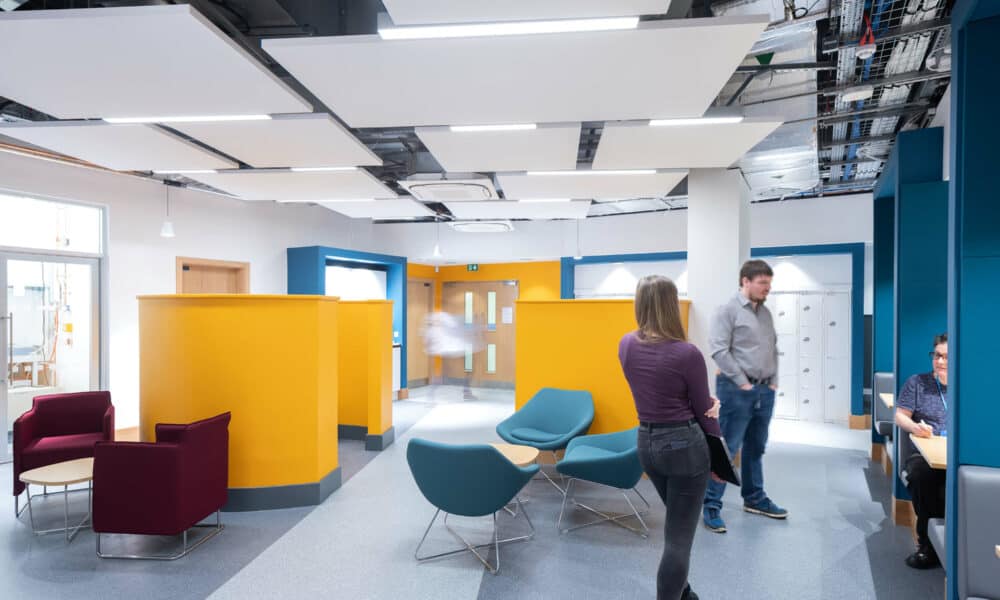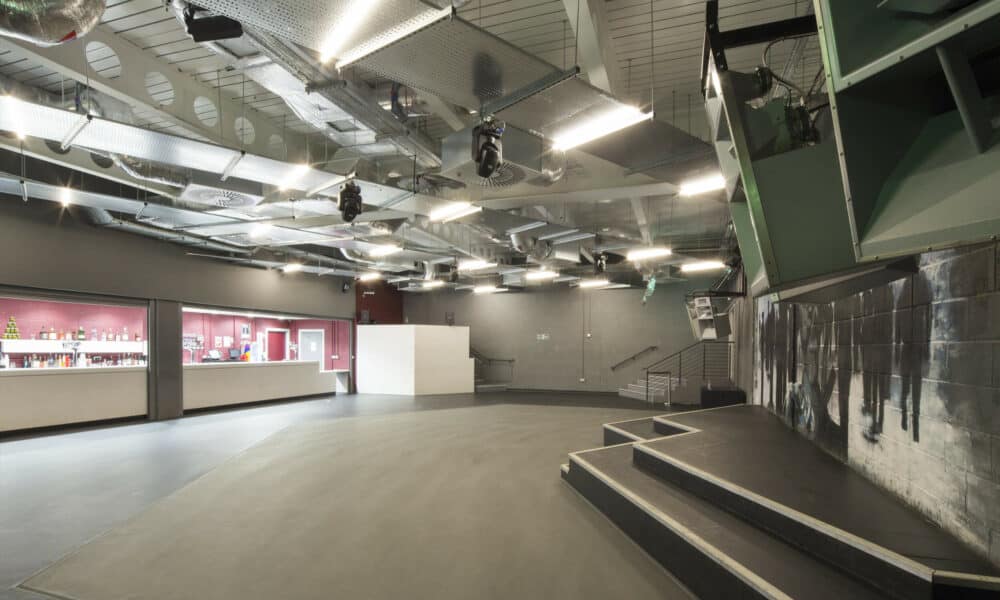University of Edinburgh Kings Buildings
Decarbonisation Study
ECD Architects were commissioned by the University of Edinburgh to undertake a study of their Kings Campus to investigate options for the decarbonisation of the existing estate and establish sustainability strategies for any new buildings to be commissioned in the future.
Location: Edinburgh
Client: University of Edinburgh
Status: Complete
Specialisation: Passivhaus Consultancy
The project commenced with a review of the proposed designs for their new Engineering Building to ascertain if these complied with Passivhaus design strategies and requirements. For this we developed a full Passivhaus Planning Package (PHPP) model of the new building, and undertook a design and specification exercise to identify what measures needed to be undertaken to enable the building to achieve Passivhaus Certification. The uplift of these measures were then costed by the cost consultants Faithful & Gould for presentation to the University Estates Committee for consideration.
We also reviewed three of the existing buildings on the campus to determine their capacity to be retrofit to the EnerPHit standard (the Passivhaus standard for retrofit). The buildings selected were the Sanderson (a grade B listed 1900’s building), the Swann (a 1960’s building which had previously been overclad), and the Alrick (a 1950’s crosswall building which had not received any kind of refurbishment work).
For this we developed models of each building illustrating their heat load as confirmed by the Universities metering data. We then developed a model of proposed options for each building to achieve the Passivhaus standard. These specifications and scope of works were again supplied to the cost consultant to develop cost plans which were then used by the University to extrapolate the data to provide overall costs for upgrading of the entire campus.
During the Decarbonisation Study process, however, it became apparent that buildings such as the Sanderson were not logically capable of being retrofitted to the Passivhaus EnerPhit standard. As such we targeted lower sustainability standards on these buildings such as the AECB Low Energy Standard.
Finally, we worked with Integrated Environmental Solutions (IES) who built their own models of each of the study buildings to compare the outputs of each model and better understand where each tool was best used on future retrofit projects.

